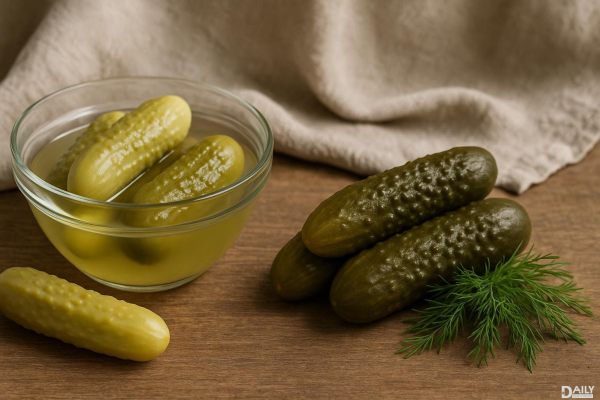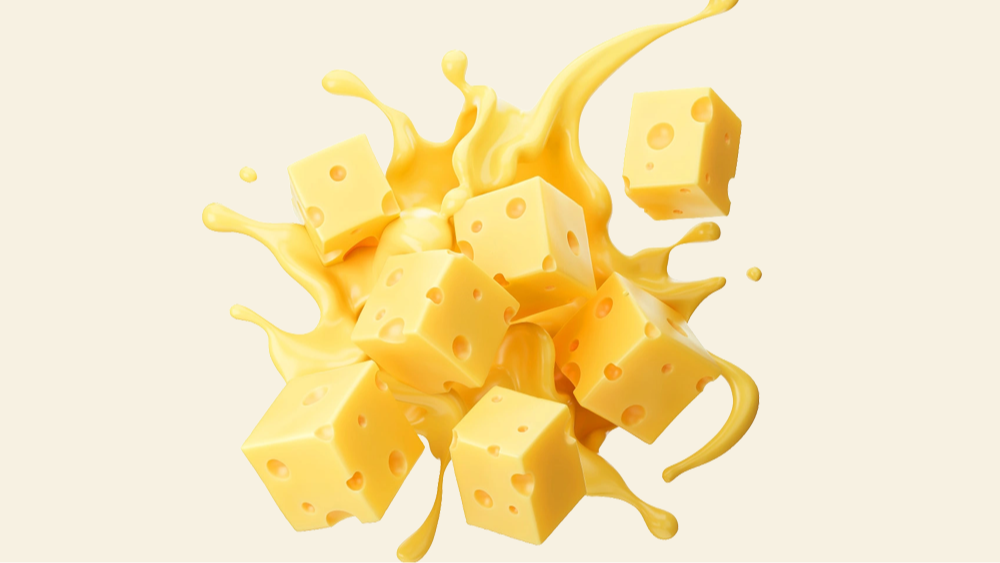Sodium often gets a bad rap, but it's actually an essential mineral that plays a crucial role in keeping your body functioning properly. From maintaining fluid balance to ensuring your nerves and muscles work correctly, sodium is a behind-the-scenes MVP in your overall health. But like anything in life, too much of a good thing can backfire—excessive sodium intake is linked to high blood pressure, heart disease, and other chronic conditions. So how do you strike the right balance? Let’s break it down.
The Science Behind Sodium
First, let’s clear up the difference between salt and sodium. Table salt (the stuff you sprinkle on your fries) is actually sodium chloride—about 40% sodium and 60% chloride. When we talk about "sodium intake," we're usually referring to the sodium found in processed foods or added during cooking. Despite its bad reputation, sodium is a key player in several bodily functions. It helps regulate blood pressure, supports muscle contractions (including your heartbeat), and ensures your nerves send signals efficiently. But here’s the catch: your body only needs a small amount to function optimally. Overdo it, and you risk throwing things out of whack.
How Much Sodium Do You Really Need?
The Dietary Guidelines for Americans recommend capping sodium at 2,300 milligrams per day—that’s roughly one teaspoon of salt. But if you have high blood pressure, heart disease, or kidney issues, you might need to aim even lower. On the flip side, eating too little sodium (less than 500 milligrams per day) can also cause problems, like hyponatremia—a condition where low sodium levels lead to headaches, nausea, and even life-threatening complications. Athletes and heavy sweaters may need extra sodium to replenish what’s lost through sweat, but for most people, the real issue is overconsumption. The average American eats around 3,400 milligrams daily—way more than necessary.
Where Sodium Hides in Your Diet
Processed foods are the biggest culprits when it comes to sneaky sodium. Deli meats, canned soups, frozen dinners, and even bread can pack a serious sodium punch. Condiments like soy sauce, salad dressings, and broths are also loaded with it. Even foods that don’t taste salty—like cereal or pastries—can contain surprising amounts. The key? Read labels. Look for "low sodium" or "no salt added" options, and aim for products with less than 140 milligrams per serving. Draining and rinsing canned veggies or beans can cut sodium by up to 40%, and swapping processed cheese for natural varieties like cheddar or Swiss can save you hundreds of milligrams per slice.
Smart Swaps to Reduce Sodium Without Sacrificing Flavor
Cutting back on sodium doesn’t mean eating bland food. Herbs, spices, citrus, and vinegar can add serious flavor without the extra salt. Try garlic, ginger, or smoked paprika for a flavor boost, or experiment with umami-rich ingredients like mushrooms and nutritional yeast. Cooking at home gives you full control over sodium levels, and using fresh or frozen (unsalted) ingredients is an easy way to keep intake in check. If you’re dining out, ask for sauces and dressings on the side, and don’t be shy about requesting less salt in your dish.
The Bigger Picture: Small Changes, Big Impact
Reducing sodium doesn’t have to be an all-or-nothing approach. Even cutting back by half a teaspoon (about 1,000 milligrams) per day can significantly lower blood pressure and reduce heart disease risk. The goal isn’t perfection—it’s progress. By being mindful of hidden sodium, making smarter swaps, and embracing flavorful alternatives, you can enjoy a balanced diet that supports long-term health without feeling deprived.
At the end of the day, sodium isn’t the enemy—it’s all about balance. Understanding how much your body needs, where it’s hiding in your food, and how to make smarter choices can help you stay on track without stressing over every milligram. So go ahead, enjoy that occasional salty snack—just keep the bigger picture in mind.
























